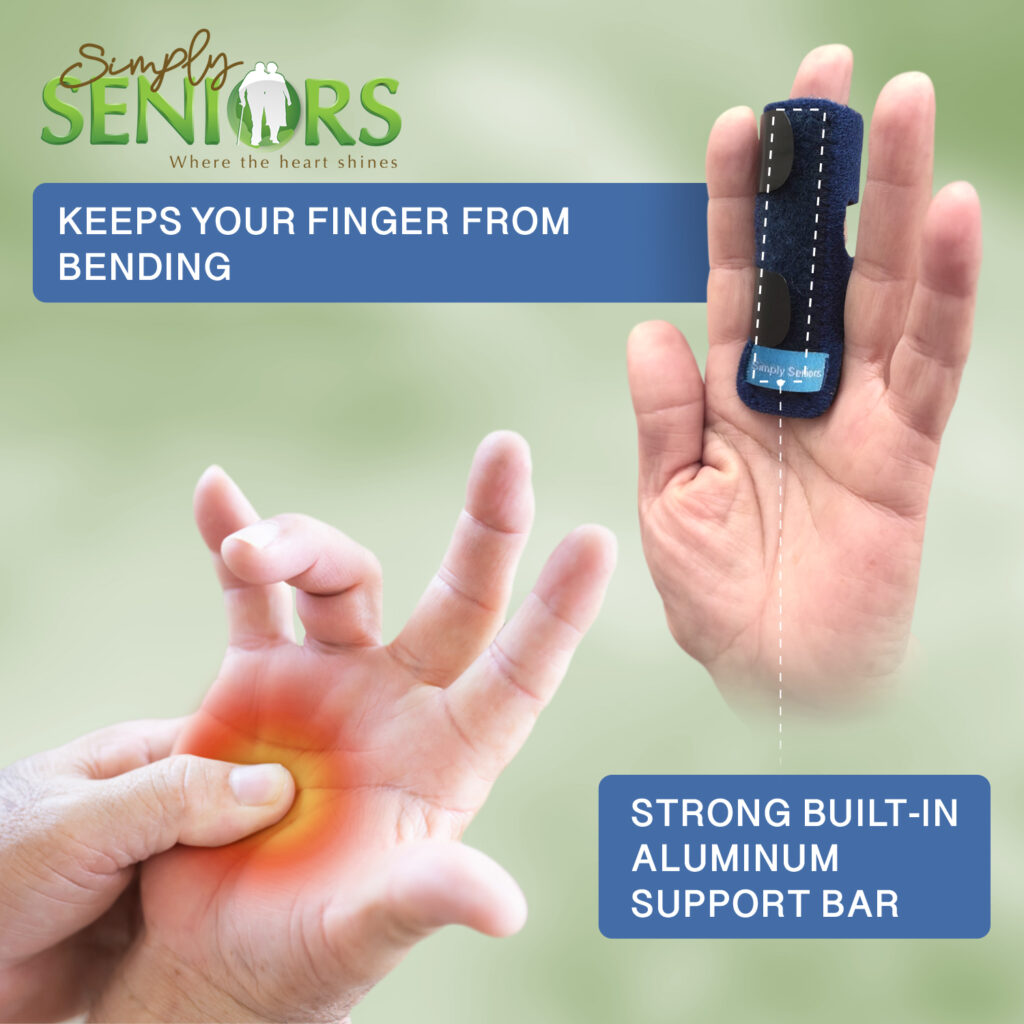
A finger splint is a medical device used to immobilize and protect an injured or sprained finger. Splints can also be used to help relieve pain and promote healing after surgery or injury. Finger splints are typically made of lightweight materials such as foam, metal or plastic and can be purchased at a pharmacy or medical supply store.
There are many different types of finger splints available, each designed for a specific purpose. Some splints are designed to support and immobilize a specific joint, such as the distal interphalangeal (DIP) joint or the proximal interphalangeal (PIP) joint. Other splints are designed to immobilize the entire finger, including the metacarpophalangeal (MCP) joint.
Finger splints are commonly used to treat conditions such as:
- Sprains and strains: Splints can help immobilize a sprained or strained finger, allowing it to rest and heal.
- Fractures: Splints can help immobilize a broken finger, preventing further damage and promoting healing.
- Arthritis: Finger splints can help support and immobilize arthritic joints, reducing pain and inflammation.
- Tendinitis: Splints can help immobilize a finger affected by tendinitis, allowing it to rest and heal.
- Trigger finger: A splint can help keep the affected finger straight and reduce pain caused by trigger finger.
When using a finger splint, it is important to follow a few guidelines to ensure proper use and maximum benefit:
- Choose the right size: Finger splints come in different sizes, so it is important to choose the right size for your finger. A splint that is too small may not provide enough support, while a splint that is too big may be uncomfortable or ineffective.
- Apply the splint properly: Follow the instructions provided with your splint to apply it properly. Make sure the splint fits snugly but comfortably and does not interfere with circulation.
- Keep the splint clean and dry: To prevent infection, keep the splint clean and dry. Avoid getting it wet or dirty, and follow any cleaning instructions provided with the splint.
- Follow your doctor’s instructions: If you are using a finger splint as part of a treatment plan prescribed by your doctor, be sure to follow their instructions carefully. They may recommend specific exercises or activities to help promote healing and prevent further injury.
Overall, finger splints can be a valuable tool in the treatment of many finger conditions. By choosing the right splint and using it properly, you can help reduce pain and promote healing, allowing you to get back to your daily activities as quickly as possible.


